Photography takes an instant out of time, altering life by holding it still.
"When people ask us what photography equipement we use, we tell them our eyes"
— Els & Joël

Photography takes an instant out of time, altering life by holding it still.
"When people ask us what photography equipement we use, we tell them our eyes"
— Els & Joël
WHITE WØLF — offshoot of Woodland Studio — is an initiative by Els Gielen & Joël Neelen. Els is a professional photographer, while Joël approaches the camera with the eye of a graphic designer. Together, we explore the art of storytelling through photography, using images to convey ideas, emotions, ... and perspectives.
Everyone has a story and our stories all have something in common — we all start from nothing. Can photography tell a story or can an image capture a moment with tension, inspiration and emotions without using words? In visual storytelling, images are ordered in a specific way, either chronologically or as a series, with the aim of 'infecting' the viewer's vision and mind.
We've chosen specific objects or targets to create a series of images. By repetition of the same item in a different environment we try to grab the attention of our audience and draw them into the artefact. The focus of our free work is in the iteration, but each time in a slightly different way. We hope you enjoy viewing our images.
Everyone has a story, and at their core, all stories share one thing: they start from nothing. Can photography tell a story? Can a single image capture tension, inspiration, and emotion without words? In visual storytelling, images are arranged — either chronologically or as a series — with the goal of immersing the viewer, shaping their perception, and leaving a lasting impression.
We focus on specific objects or subjects, creating series through repetition. By placing the same item in different environments, we invite the audience to engage with the artifact in new ways. Our free work revolves around iteration, yet each variation reveals something new. We hope you enjoy exploring our images.
WOODLAND STUDIO is our creative studio, specializing in visual communication. Our goal? Clear, unpretentious, and impactful storytelling.
A slot in a door,
a flap in the facade at the building line,
or a tiny house at the edge of the road.
The mailbox comes in all shapes and sizes.
Everyone has one.
Big or small, plain or personalized.
Sometimes there’s just one, sometimes many together.
For a long time, finding mail in the mailbox was something to look forward to. The physical ritual of receiving mail has something magical about it. And the mailbox stands as a symbol of that euphoric moment when you hope for a message to arrive.
In a world where we mostly reach each other digitally, the tangible moments of connection are slowly disappearing, and mailboxes seem almost obsolete. They’re still there — sometimes filled with advertisements, sometimes with the newspaper — always patiently waiting for a surprise letter that may never come.
That is why I photograph mailboxes — not just as objects, but as silent symbols of human contact and the longing for connection.
At the moment, I’m working on compiling an Artist Book that aims to honor this disappearing form of communication and bring together a variety of mailboxes.
The collection shows mailboxes in all forms: old and new, as flaps in doors or walls, standing alone or grouped, decorated or plain. Some are carefully crafted by their owners, others resemble trash bins. From typically French to unmistakably Norwegian mailboxes — each image tells a story. Because ultimately, a mailbox is more than a slot in a door. It’s a small window into a world where waiting and receiving still had special meaning.
I want to revive this communication by reaching out to the person behind the mailbox. In a digital world where we can use Google Earth to get right up to someone’s front door, it’s not an impossible task to track down mailbox owners.
Is your mailbox included, but you haven’t received a letter or postcard from me? Then please do send me a note, a card, a drawing ... maybe I simply haven’t gotten around to contacting you yet, or maybe Google Earth hasn’t revealed everything just yet. Your letter won’t become part of a commercial project, but it might serve as subtle proof in my book that someone is still out there. And that the mailbox hasn’t lost its magic.
My mailbox and I look forward to receiving mail from you.
Els